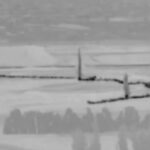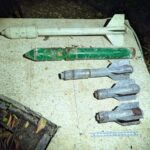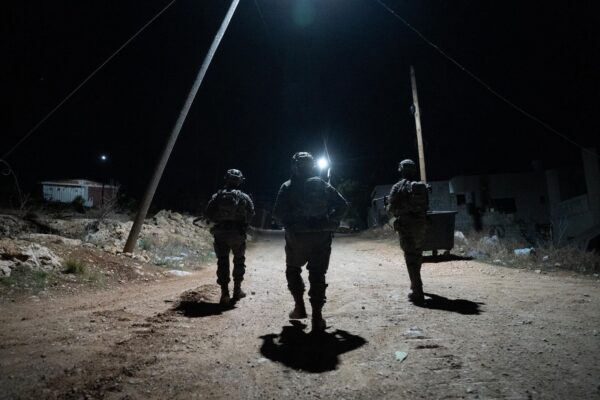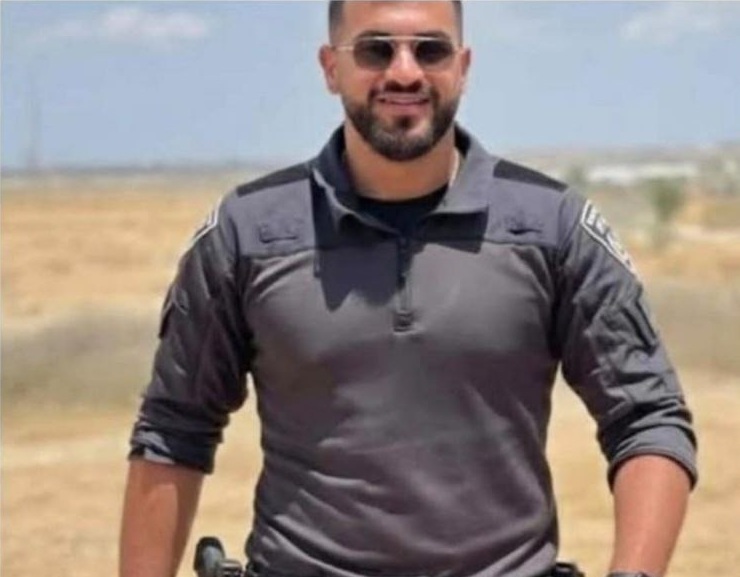Eli Cohen infiltrated the highest ranks of Syrian government and military from 1961–1965.
By Hezy Laing
Israel has a storied history of espionage, with several spies becoming legendary for their daring missions and strategic impact.
Here are some of the most famous:
Eli Cohen – The Master of Disguise
Alias: Kamel Amin Thabet
Mission: Infiltrated the highest ranks of Syrian government and military from 1961–1965.
Cohen provided critical intelligence that helped Israel capture the Golan Heights during the Six-Day War.
He was discovered and executed publicly in Damascus in 1965.
He remains a national hero in Israel, with streets and memorials named after him.
Wolfgang Lotz – The “Champagne Spy”
Wolfgang Lotz was one of Mossad’s most audacious and successful spies—a man who lived a double life so convincingly that even high-ranking Nazis and Egyptian officials were fooled.
Lotz posed as a wealthy German ex-Nazi horse breeder living in Cairo in the early 1960s. His fluency in German, non-Jewish appearance, and uncircumcised status (a rare detail that helped support his cover) made him the perfect candidate for deep-cover espionage. He mingled with former SS officers and Egyptian military elites, gaining access to sensitive conversations and strategic locations.
In reality he was born in Germany in 1921 to a Jewish mother and non-Jewish father, Lotz emigrated to Mandatory Palestine in 1937. He later served in the British Army during WWII and then in the Israeli Defense Forces, rising to the rank of major. After the 1956 Sinai War, he was recruited by Israeli intelligence and eventually sent to Egypt under Mossad’s direction.
Lotz’s primary goal was to gather intelligence on Egyptian military capabilities and strategic targets for potential Israeli strikes as well as German scientists helping Egypt develop missile technology. He transmitted information via secret radio transmissions and coded letters disguised as business correspondence.
To maintain his cover, Lotz married a German woman named Waltraud Neumann—even though he already had a wife and son in Israel. This second marriage was part of his fabricated identity as a loyal German nationalist.
In 1965, Egyptian authorities arrested Lotz and his wife. He was tortured but never broke. After intense diplomatic negotiations, he was released in a 1968 prisoner exchange following the Six-Day War. He returned to Israel a national hero and later published memoirs detailing his espionage career.
Lotz’s story is a masterclass in psychological endurance, deception, and patriotism.
Jonathan Pollard – Volunteering for Danger
Jonathan Pollard was a former U.S. Navy intelligence analyst who spied for Israel in the 1980s. Arrested and sentenced to life in prison in the U.S., he was released in 2015 after serving 30 years.
In his work, Pollard discovered that U.S. intelligence agencies were withholding critical security information from Israel, despite a bilateral agreement to share such data. This included intelligence on Arab states, Soviet activities, and threats like Syrian drones and Egyptian missile programs.
Pollard approached Israel and offered to provide them with the information. He believed that by doing so, he was protecting Israeli lives and helping an ally defend itself against existential threats. He stated that his conscience compelled him to act when he saw what he considered a betrayal of Israel’s security.
Pollard and his supporters have long argued that his 30-year prison sentence was disproportionately harsh, especially given that he spied for an ally—Israel—not an adversary.
He felt betrayed by the U.S. government, which had promised him leniency in exchange for a guilty plea, only to receive a life sentence instead.
Pollard maintained that other spies who had caused greater damage to U.S. security received far lighter sentences, and that his punishment was politically motivated.
Isser Harel – the man who caught Eichmann
The Mossad operation to capture Adolf Eichmann in 1960 is one of the most legendary and daring missions in the history of modern espionage—a real-life thriller that reads like a spy novel.
The operation was led by Isser Harel, then head of Mossad, and involved a handpicked team of 11 agents who were involved in the mission, each with a specific role—from surveillance and logistics to medical support and exfiltration.
Eichmann had fled Europe after WWII and was living under the alias Ricardo Klement in a modest home in San Fernando, a suburb of Buenos Aires, Argentina. The breakthrough came in 1957 when German prosecutor Fritz Bauer tipped off Israeli authorities about Eichmann’s whereabouts.
On May 11, 1960, Peter Malkin approached Eichmann as he walked home from work and uttered the only Spanish he knew: “Un momentito, Señor.” He then tackled Eichmann with help from other agents and bundled him into a waiting car.
Ten days later, Eichmann was sedated, disguised as an El Al crew member, and secretly flown to Israel. The operation was so covert that even most Israeli officials didn’t know about it until Prime Minister David Ben-Gurion announced Eichmann’s arrest on May 23, 1960.
Eichmann stood trial in Jerusalem in 1961, famously enclosed in a bulletproof glass booth. He was convicted of crimes against humanity and executed in 1962—the only civil execution ever carried out in Israel.












































